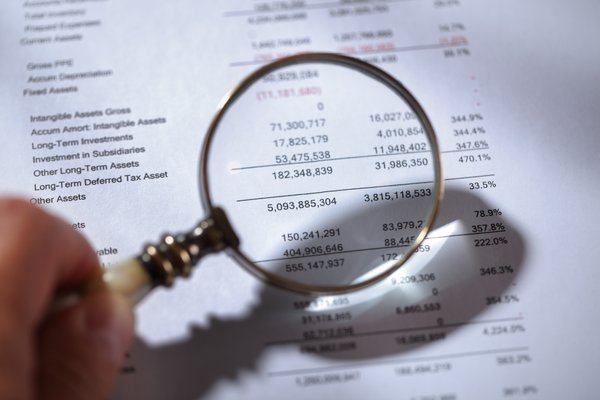Is Your Partner's Underwear a Sign of Economic Trouble? Expert Says It Might Be!

Forget inflation rates and stock market reports – a surprising new indicator of the Canadian economy might be lurking in your partner's underwear drawer. According to Abby Hall, an associate professor of economics at the University of Tampa, the type of underwear your significant other chooses can actually offer insights into the state of the economy.
Yes, you read that right. It sounds bizarre, but Hall’s research suggests a fascinating correlation between consumer behaviour, specifically underwear purchases, and broader economic trends. Let’s dive into the details and explore why this seemingly trivial detail could be a surprisingly accurate economic barometer for Canadians.
The Logic Behind the Lingerie
Hall’s theory centres around the concept of 'discretionary spending.' When the economy is booming, people are more willing to splurge on non-essential items – things they *want* rather than *need*. Underwear, while a necessity, often sees upgrades in quality, style, and brand during prosperous times. Think fancy silk boxers, premium cotton briefs, or designer lingerie. These are all signs of a consumer feeling confident and financially secure.
However, when economic uncertainty looms, consumers tend to cut back on non-essential spending. They prioritize necessities like groceries and rent, and opt for the most affordable underwear options – the basic, no-frills packs from discount stores. This shift reflects a broader tightening of belts and a move towards frugality.
The Canadian Context: What Does It Mean for Us?
Canada's economy is currently facing a complex landscape. Rising interest rates, inflation, and global economic headwinds are all impacting consumer spending. So, what does this mean for the underwear-economy connection?
Hall suggests that a noticeable shift towards more basic underwear choices across the Canadian population could be a warning sign. It wouldn’t be the sole indicator, of course, but it could be a supplementary data point alongside traditional economic metrics. Imagine a scenario where retailers report a significant drop in sales of premium underwear and a surge in demand for budget-friendly options. This pattern, when combined with other economic data, could signal a potential slowdown.
Beyond the Basics: Factors to Consider
It's important to note that this isn't a foolproof system. Individual preferences, fashion trends, and personal circumstances all play a role in underwear choices. For example, a sudden shift towards more sustainable underwear brands might not necessarily indicate economic distress, but rather a growing awareness of environmental issues. Similarly, a preference for comfort over style could simply reflect personal priorities.
Hall emphasizes that this is a nuanced observation, and requires careful consideration alongside other economic indicators. It's not about judging your partner’s underwear choices, but about recognizing that even seemingly insignificant consumer behaviours can provide valuable insights into the health of the economy.
The Bottom Line
While it might seem like a quirky and unconventional approach, Abby Hall’s research offers a fresh perspective on economic forecasting. It reminds us that the economy isn’t just about numbers and graphs; it’s about the everyday choices that people make. So, the next time you’re doing laundry, take a peek at your partner’s underwear drawer – you might just gain a surprising glimpse into the Canadian economy!






